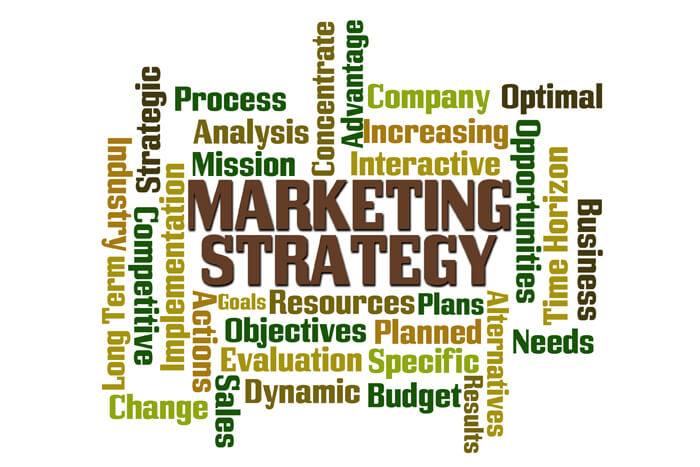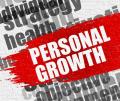
Change management has different perspectives mostly related to company morale, goodwill, survivor load distribution, objective management, accommodation of market realities and other aspects. However, besides all these, another view of the company as a dynamic resource system, where resources build up and deplete over time needs to be maintained dispassionately.
With the intensity known only to level five business leaders, resource optimization needs to be gauged and supported by continual business analytics. One cannot ever forget that in a dynamic resource system the natures of ingredient resources also keep changing and their values increase or diminish with time.
Companies that refuse to recognize the change in the values of businesses resources and their accompanying change in layouts fail to survive and are overtaken by relatively weaker competition from yesteryear's. This happens often in business.
Resources have a direct effect on business performance because:
1. They can boost or reduce a company's performance
2. They require to match industry success factors
3. They take time to build and maintain
4. They need to work together to support growth
5. They can be built only be leveraging existing resources
6. Established resource systems are regularly challenged by new resource system models that are more in tune with market realities
7. Voluntary decisions may be taken and executed about building and deploying new resource pools and networks
Successful resource optimization during change needs to keep in mind:
1. Tangible resources are susceptible to sudden expiry or depletion and are difficult to replenish
2. Intangible resources are also susceptible to depletion
3. Intangible resources can be replenished
4. A superior resource represents a sustainable advantage only when the surplus it generates is sufficient to replenish the resource faster than it is depleted a virtuous self-reinforcing loop. Typically, but not always, several resources link together to form the self-reinforcing loop or loops.
5. To guide a successful metamorphosis, the managers of a company must recognize that the resources underpinning its competitive advantage are waning, and channel the residual surplus into novel resources early enough to allow new sustainable advantages to take root
The steps a business needs to take to sustain optimization of resources include:
1. Thoroughly defining and identifying the components of its resource system
2. Identify how valued and pivotal resources build up and deplete
3. Identify the connected resource loops that are self-sustaining, change in the nature of one component would lead to change in the structure and existence of the loop
4. Identify indicators of change in resource availability and resource nature
5. Expect plans to be upset and resources not to work as you want them to
6. Identify resources needed to build competitive advantage and future sustainability
7. Identify resources that are a drag on the business ecosystem, and must be changed or destroyed
Effective change within an organization can be managed only by keeping resource optimization as a constant need in mind, but without allowing the ‘create crises and solve' attitude to dilute or derail the organizational change from reaching its objectives of business resources optimization. Change is the only tradition of life and business – the resource structure and the value of its components undergo dynamic change every financial year, whether those changes are recognized or not.



